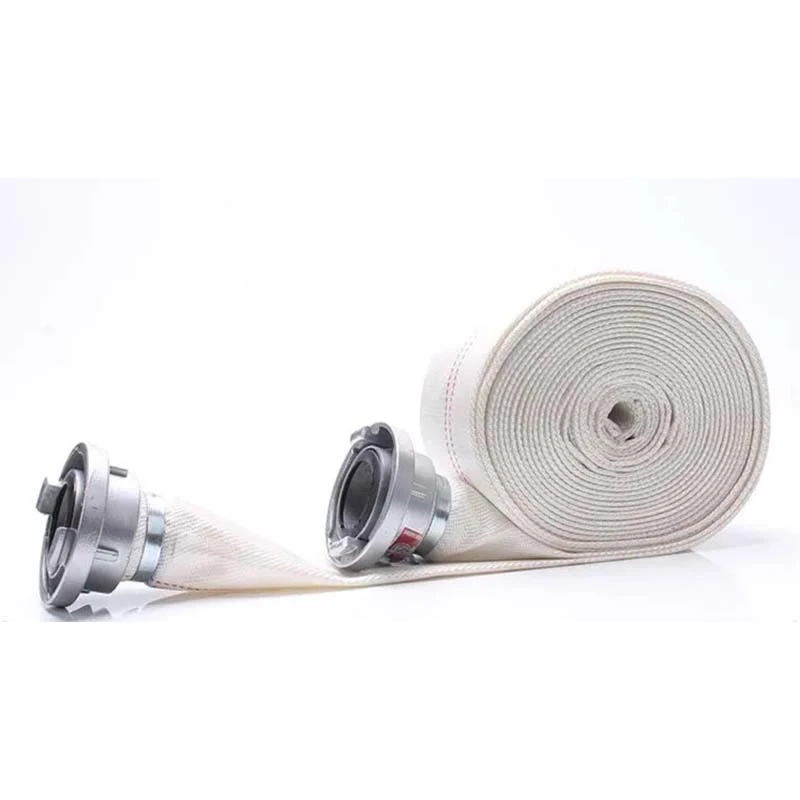connecting pvc pipe to garden hose
Connecting PVC Pipe to Garden Hose A Practical Guide
When it comes to gardening and landscaping, having the right tools and materials can make all the difference in the efficiency of your tasks. One common task many gardeners and DIY enthusiasts encounter is connecting PVC pipes to garden hoses. Whether you're working on an irrigation system, creating water features, or simply need to transport water more effectively, understanding how to make this connection is essential. This article will guide you through the various methods and considerations when connecting PVC pipes to garden hoses.
Understanding PVC Pipes and Garden Hoses
PVC (polyvinyl chloride) pipes are widely used in irrigation systems due to their durability, resistance to corrosion, and longevity. They come in various diameters and are typically used for permanent installations. Garden hoses, on the other hand, are flexible and portable, making them suitable for transferring water in a myriad of situations. To connect these two seemingly different types of plumbing, you need the right fittings and techniques.
Materials Needed
1. PVC Pipe Choose the appropriate diameter based on your needs. 2. Garden Hose A standard garden hose will work for most applications. 3. PVC Couplings These will help to transition between the rigid PVC pipe and the flexible garden hose. 4. Hose Fittings Commonly includes hose clamps or threaded adapters. 5. PVC Primer and Cement Optional but recommended for a more permanent connection. 6. Teflon Tape Helps create a watertight seal on threaded connections. 7. Scissors or a Pipe Cutter To cut the hoses and pipes as needed.
Step-by-Step Guide to Connecting PVC Pipe to Garden Hose
1. Measure and Cut First, measure the lengths of PVC pipe and garden hose you'll need. Use a pipe cutter for the PVC and scissors for the garden hose. Ensure the ends are straight for a better fit.
connecting pvc pipe to garden hose

3. Attach the Garden Hose - If using a threaded fitting on the coupling, wrap Teflon tape around the threads of the coupling. This will help prevent leaks when you screw the fitting of the garden hose onto it. - For a barbed fitting, simply push the garden hose onto the barb as far as it will go and secure it with a hose clamp.
4. Secure the Connection If using a hose clamp, tighten it using a screwdriver until it feels secure. Make sure it is snug but not overly tightened, which could damage the hose.
5. Prepare and Attach the PVC Pipe If you prefer a more permanent solution, apply PVC primer and then cement to the end of the PVC pipe before inserting it into the coupling. Hold it in place for a few seconds to allow it to bond securely.
6. Test for Leaks Once everything is connected, turn on the water supply to the garden hose and watch for leaks around the connections. If any are found, tighten the fittings appropriately or reapply Teflon tape as needed.
Final Thoughts
Connecting PVC pipes to garden hoses can be a straightforward task when approached with the right materials and knowledge. Whether for a temporary setup or a more permanent solution, this skill can enhance your gardening projects, allowing for more efficient water management. Remember to choose quality materials and take the time to make secure connections to ensure longevity and effectiveness in your gardening endeavors. Happy gardening!
-
Top Quality Oxy Acetylene Hoses for Sale Fit for Welding DemandsNewsJul.28,2025
-
The Future of Pneumatic Air Tubes in IndustryNewsJul.28,2025
-
Superior and Reliable LPG Hose Pipe Solutions for Every NeedNewsJul.28,2025
-
Exceptionally Durable and Versatile Premium Braided PVC TubingNewsJul.28,2025
-
Best Adapters for Connecting Garden Hose to PVC Pipe ConnectionsNewsJul.28,2025
-
The Essential Role of LPG Hoses in Safe and Efficient Gas DistributionNewsJul.16,2025














